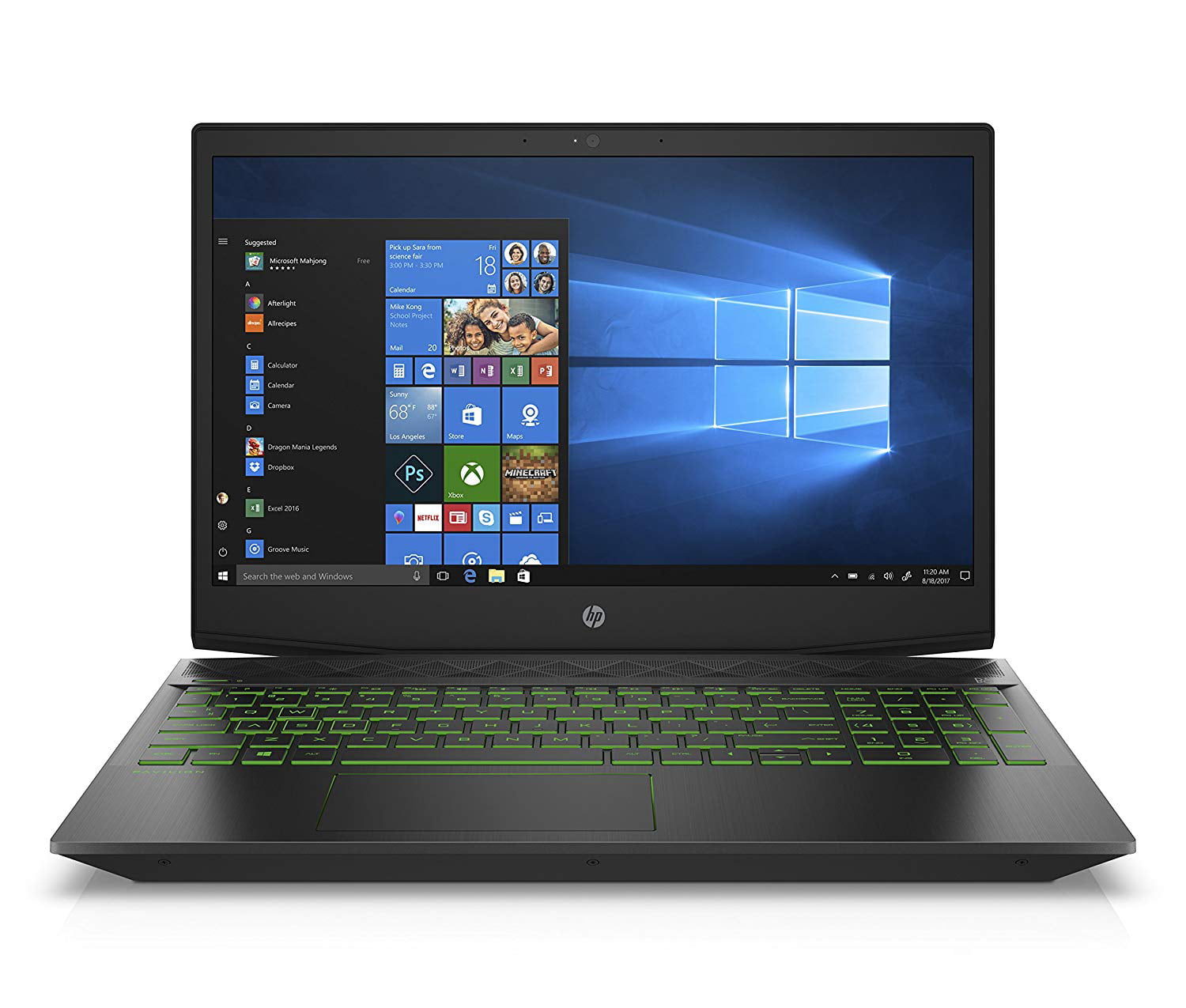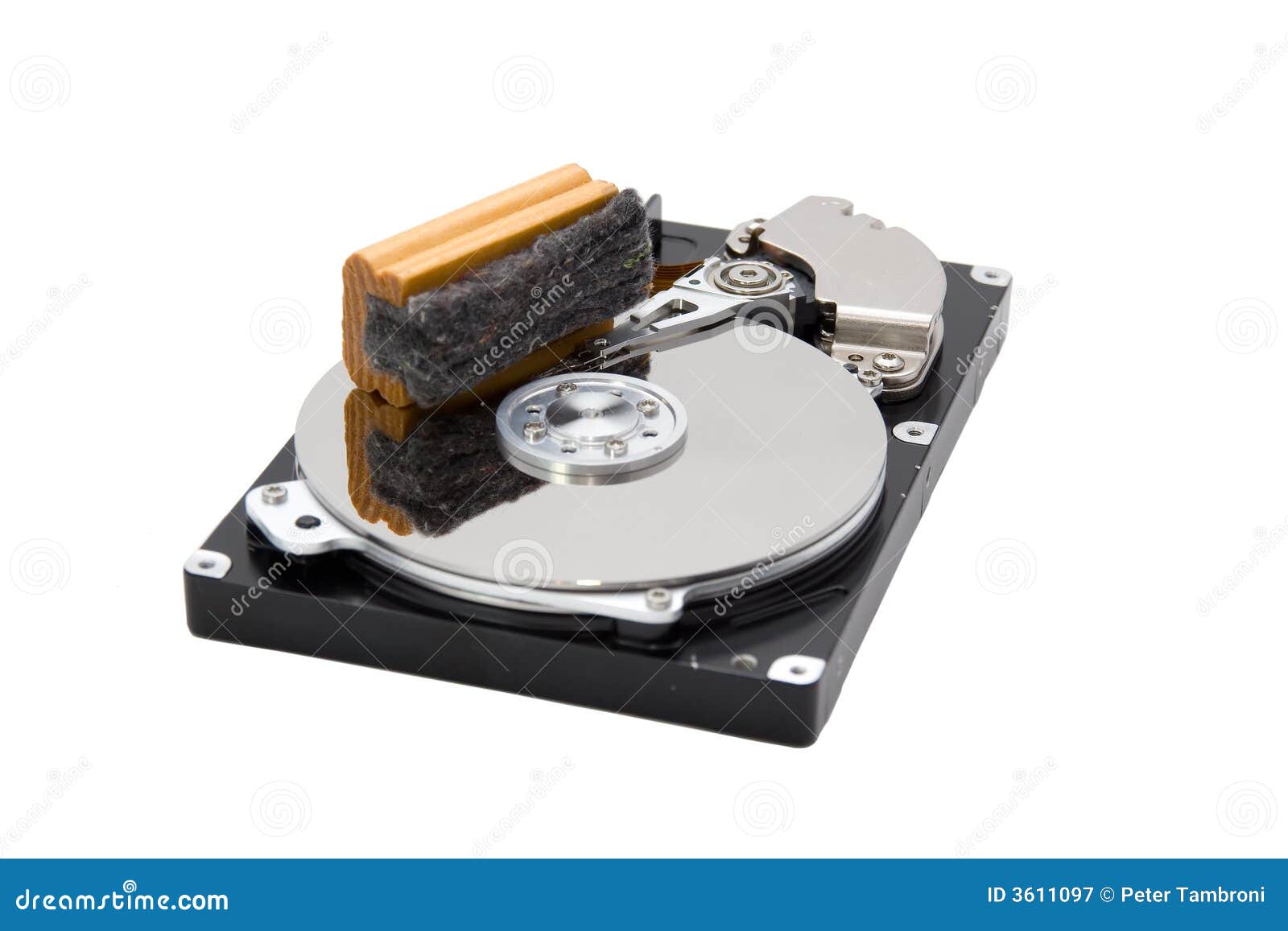


What you need is a utility that can quickly get at all the visible data. Therefore, it's unlikely someone would be able to get to those blocks using consumer-grade recovery software (a government agency might be able to, however). However, since the over provisioned blocks are out of circulation, they won't be used (or visible to software) again until they've already been overwritten. A full drive overwrite wouldn't touch these blocks, which could have data in them. So there might be 5 or 10 percent of blocks that are unavailable to the OS at any given time. SSDs use overprovisioning to extend the life of the drive and replace any blocks that fail over time. Hard drives need multiple overwrites because magnetic media can leave remnants of data, but all SSDs have a limited number of write cycles so overwriting them multiple times will harm the drive's longevity and may not even wipe the files you want to get rid of. This brute-force overwrite method won't work as well for SSDs.

The best way to erase an HDD, which we'll cover in more detail below, is to use a program that writes random data over all the sectors several times so that no remnants of the old files remain. Once you have every option how you want it, click “Start” to begin the formatting process.Securely erasing an SSD is different than doing the same process on a mechanical hard drive. Unchecking “Quick Format” makes Windows check the disk sector-by-sector with a low-level format that takes much longer, but it will also wipe all traces of any old data completely. The data is still on the drive but all references to it are lost, so it will be overwritten as you use the newly formatted drive.

File System: A file system is a data structure that tells an operating system how to save and load files to or from a disk.Formatting takes up some of the raw disk space because of how file systems work. Capacity: This will be the data capacity of your hard drive or SSD once it is formatted.


 0 kommentar(er)
0 kommentar(er)
